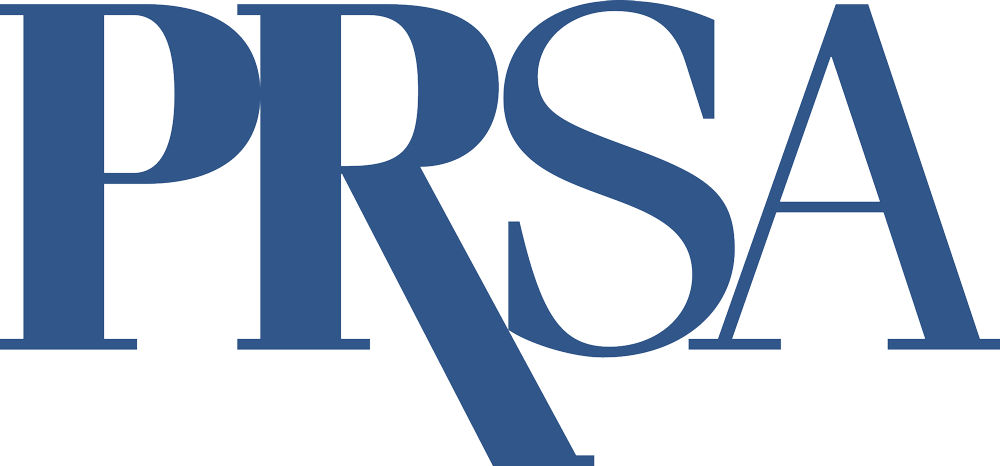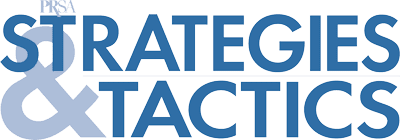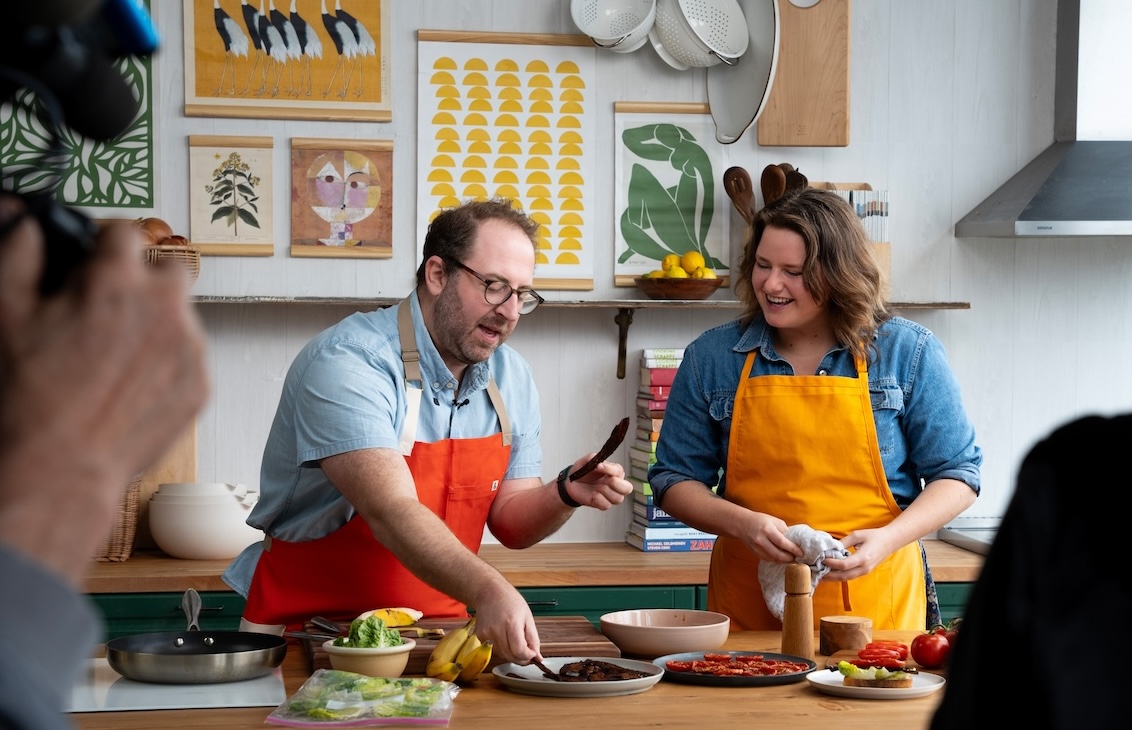Campaign to Reduce Food Waste Wins Best of Silver Anvil Award
June-July 2025
Watch the May 28 Strategies & Tactics Live on LinkedIn featuring the Washington State Department of Ecology and PRR as they discussed their Best of Silver Anvil Award-winning “Use Food Well” campaign. Don’t miss their insights on storytelling, strategic partnerships, and driving measurable behavior change. Tune in here.
In the United States, 30% to 40% of the food supply is wasted, the Department of Agriculture estimates. At retail and consumer levels, approximately 133 billion pounds of food was lost, valued at $161 billion, when the study was conducted in 2010. Rather than helping feed families, the wasted food was sent to landfills.
Food can spoil at every stage of the production and supply chain. As it moves from farms to retail outlets, the steps of drying, milling, transporting or processing food all expose it to damage by insects, rodents, birds, molds and bacteria.
In retail stores, food is lost to equipment malfunctions, overordering, and the culling of blemished produce. Consumers waste food when they buy or cook more than they need and then throw away the leftovers.
Last year, the Washington State Legislature set a goal to cut the state’s food waste in half by 2030. In partnership with PRR, a communications agency with an office in Seattle, the Washington State Department of Ecology developed a communications campaign called “Use Food Well,” which is the recipient of PRSA’s 2025 Best of Silver Anvil Award.
Statewide behavior-change campaign
The campaign encouraged residents to take small steps toward wasting less food, such as planning meals, buying only what’s needed, and learning to store food in ways that extend its shelf life. It also showed people creative ways to use leftovers rather than discard uneaten food or let it spoil.
In its research for the campaign, PRR surveyed residents in both English and Spanish and interviewed experts on how to reduce food waste. The research found that people know they waste food but need to learn simple and easy ways to use more of the food they buy and save money.
According to the research, the average U.S. household wastes about $1,500 worth of food every year. Saving money motivates people to stop wasting food, so a key campaign message was “Food Waste Adds Up. Know the Cost.”
In what the marketing plan called a “statewide behavior-change campaign,” communicators sought to “fundamentally reshape the attitudes and behaviors of consumers and businesses toward food waste and food-supply-chain management.” People tend to change their behaviors when presented with a benefit or motivator, the plan said.
The plan described a “behavior-change continuum.” When hearing a message about reducing food waste, a consumer’s initial response might be, “I didn’t even know there was a problem to solve.” The plan calls this first step the “Awareness” phase.
In the next phase, called “Understanding,” people might respond to messages about reducing food waste by saying, “I understand the problem, but need to understand your proposed solution.”
As the audience receives additional social media messages urging them to “Use Food Well,” their next response should be “Acceptance,” the marketing plan said. At this phase, people might say, “I may not like the solution, but I get it and can accept it.”
At the next phase, called “Action,” the goal is for people to respond to messages about reducing food waste by saying, “I see the need, so I’ll try it.”
The final step on the continuum to change the public’s behavior — and later, the behavior of businesses in Washington State — is for people to respond to the campaign’s messages by saying, “It’s working for me, and I like it.” The plan called this final step the “Maintenance” phase.
Three consumer personas
The campaign sought to understand the habits of three different groups of consumers who tend to waste food. One was parents who oversee busy households and juggle their work and family lives, “often resulting in over-purchasing and food waste,” the marketing plan said.
For this group, the hypothetical persona of “The Lopez Family” represents middle-class, multiethnic or mixed-race parents, ages 30–54, who live in the suburbs. These consumers tend to buy groceries in bulk for their families. But they sometimes buy or cook more food than they can consume before it spoils, and they struggle to store and use leftover portions.
This persona is motivated by protecting their family’s health, saving money, and being environmentally responsible. For “The Lopez Family,” the campaign’s social-media message was, “Make more family time with less waste.”
A second demographic group was budget-conscious consumers ages 18–35. This segment of the population buys groceries in bulk to save money, but some of the food spoils before they have the chance to eat it.
For this group, a hypothetical persona is the retail manager “Isabella,” who represents lower-income young adults who have limited storage space and knowledge of how to properly store food. People like Isabella are motivated by stretching their budget and maximizing the value of their food. For “Isabella,” the campaign’s message was “Save more by buying less.”
A third category, busy professionals ages 25-40, live fast-paced lifestyles and often rely on convenience foods, “leading to underutilization of purchased groceries,” the marketing plan said.
Representing this segment of the population, the hypothetical persona “Alex” is an urban professional who earns a mid-to-high income. Such consumers prefer foods that are convenient to obtain or prepare, but they often discard uneaten portions. For “Alex,” the message was about efficient use of food for a busy lifestyle.
How the message was spread
For the “Use Food Well” campaign, the PR team developed a logo and ads for digital, social, print, and outdoor media, along with videos and radio spots. They designed a website, usefoodwell.org, that offered consumers guides for preparing and storing meals and a sample shopping list. The team also created a Spanish version of the website.
An Instagram post from the campaign showed food leftovers and money being scraped from a dinner plate into a garbage can. With fanciful animation, upbeat jazz music, text and a woman’s voiceover, the post then showed images from a grocery store. The message urged people to write shopping lists and prepare for meals, and to use leftovers in creative ways such as for making sauces.
Grocery store chain Safeway/Albertsons agreed to support the campaign with signs in 180 stores and mentions in its circular, which was mailed to more than 1 million homes in the state.
The team also secured a sponsorship with celebrity chef Joel Gamoran, who hosted cooking demonstrations for local news reporters and promoted the campaign via social media and his newsletter. During one media event on reducing food waste, Gamoran showed how to make “banana peel bacon.”
Through its media pitches, the team at PRR secured coverage on all major TV stations in the state, along with local and national print and radio coverage. Counting both paid and earned media, the campaign generated more than 11 million impressions across the state.
In follow-up research after the “Use Food Well campaign,” 31% of respondents said they had adopted new behaviors to reduce their food waste.


